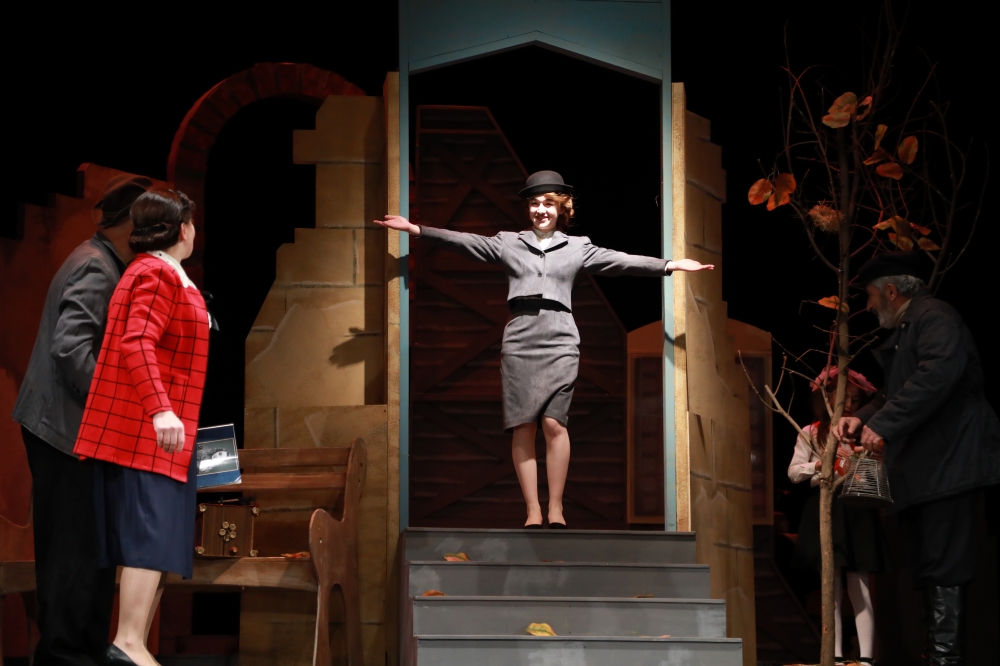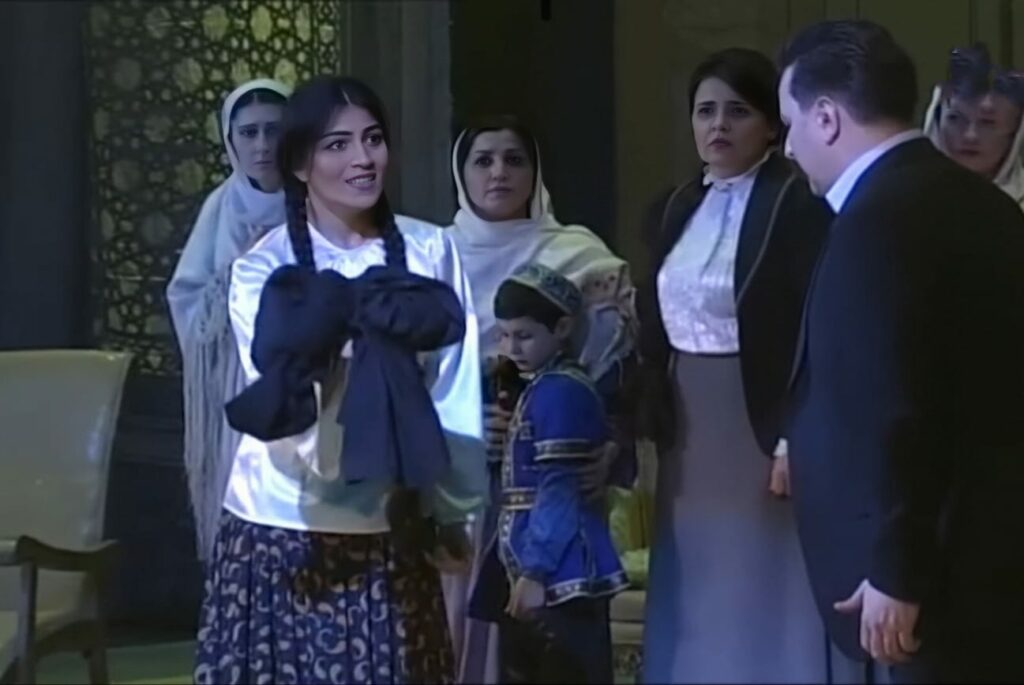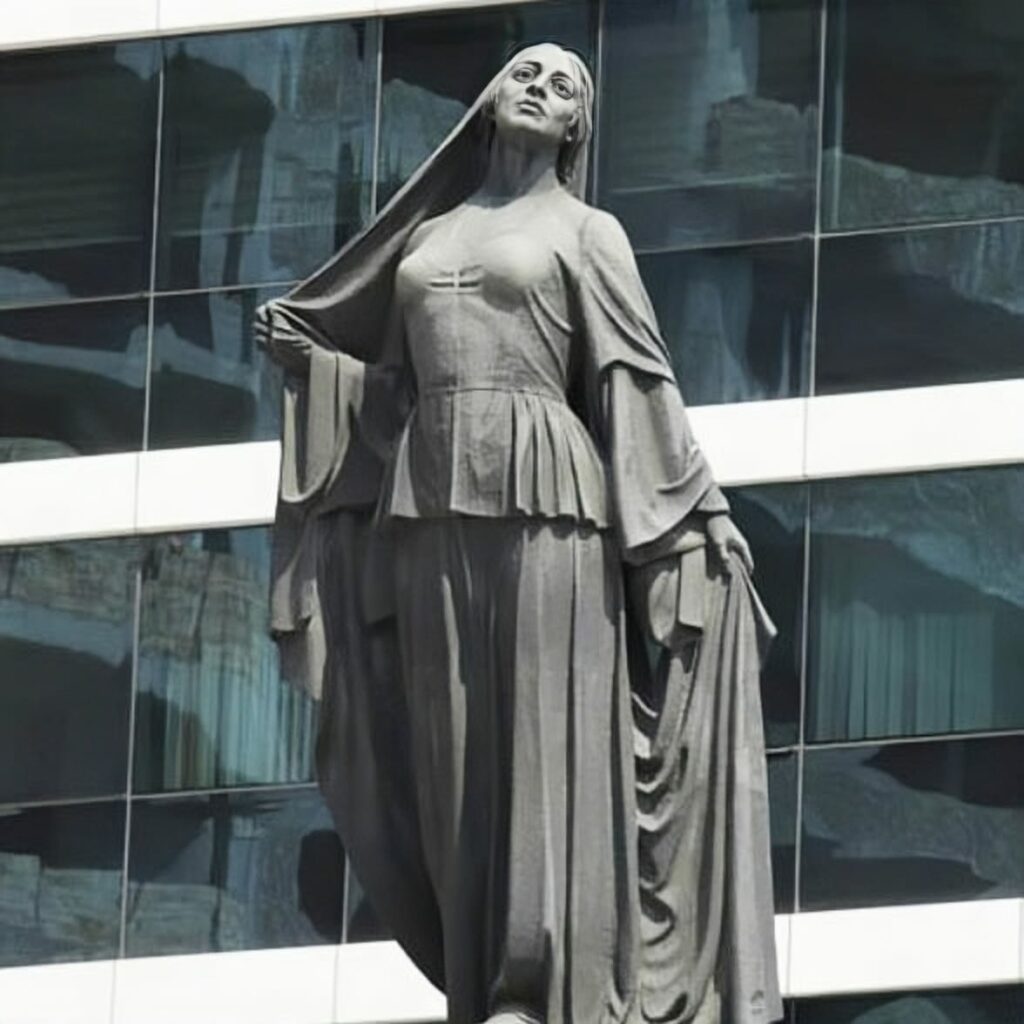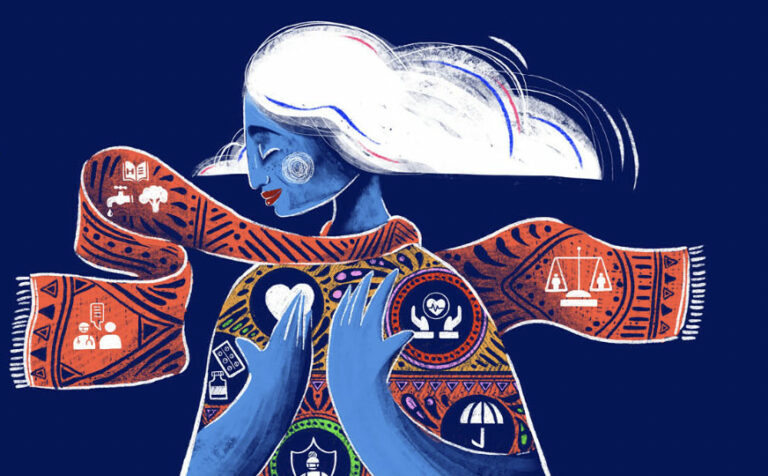
How have women’s rights been shaped by literature?
Author: Afruz Amirova
I invite you to dive into the colourful tapestry of European and Azerbaijani literature, where the vibrant stories of women’s rights unfold, weaving together cultures and empowering voices. Literature has widely reflected women and their place in society, while also driving women’s rights by highlighting their struggles to a wider audience. Naturally, European and Azerbaijani literature have developed differently in terms of historical and cultural differences, but if we look carefully, we can see works written in different genres and styles dealing with women and their rights (especially the rights to education, labour, freedom, etc.). Let’s have a look at the undeniable role of women in society and the influence of literature on the place of women in society.

Throughout history, women have been perceived and portrayed as socially (and otherwise) inferior to men. The social framework has attributed men with greater power and responsibility than women. In Madame Bovary (1857), French novelist Gustave Flaubert portrays Emma Bovary as both the epitome and antithesis of the woman of her time. Through Emma’s journey, Flaubert offers a candid, personal perspective on the challenges faced by women in a time marked by stringent social norms and harsh judgment. In the novel, Flaubert’s main goal is to challenge the idea that women should aim for less than men. He shows how women struggle between their personal desires and the expectations of society. The fictional outcome for Emma is tragic, but the notoriety of the work – Flaubert was accused of obscenity but acquitted in the ensuing trial – only heightened interest in the issues that it raised.
Another masterpiece is A Doll’s House (1879) by the Norwegian playwright Henrik Ibsen. In fact, I find this work very similar to Sevil (1928) by Jafar Jabbarly, one of the writers who best reflects the human experience in Azerbaijani literature. At the centre of both these plays are lost women who are searching for their freedom and identity in a male-dominated society. The main characters faced society’s limits on women, which confined them to traditional family roles as wives and mothers. Despite this, they fought to discover themselves and pursued their dreams, becoming inspirations for women of their era. Although in A Doll’s House the work ends with Nora leaving the house in pursuit of her dreams, in Sevil we witness the difficulties that Sevil has to overcome to reach her dreams and how she achieves them.

Moving forward to Azerbaijani literature and the works of prominent writers, it would be impossible to not to mention Mirza Fatali Akhundov, who always had deep thoughts about human destiny and its future. He tells about the pressure of father, family and society on women and daughters in 19th century Azerbaijan. The main character of The Tale of the Defence Lawyers (1855) by Akhundov, Sakina, is a strong woman who believes in the power of justice. Throughout the play, we see her in the fight with representatives of the fraudulent community, especially her opponent’s lawyer, Agha Mardan. The courage shown by an unaccompanied and rightless woman in the feudal world of her day is commendable. Through this story, Akhundov calls on the women of his time to open their eyes to the injustices inflicted on them.

Azerbaijani literature of the 18th and 19th centuries saw many works calling women to fight for their rights. Hundreds of years earlier, unlike the 19th century writers and poets who tried to awaken women from the sleep of ignorance, the 12th century poet and philosopher Nizami Ganjavi (1141–1209), gave a different role to women in his works. Many of his female characters had the attributes that women in the literature of the 18th-19th centuries dreamed and fought for, they were more mature, daring, intelligent and free individuals than men. The character of Nushaba created by the poet in his work Isgandarname (1203) is a ruling woman. She is portrayed as a brave woman, who made Alexander the Great realise that wars and bloodshed were not worth the gold and precious stones. These characteristics of the poet’s heroines are related to the poet’s view of women as the guardians of humanist values.
Before we part, I would say that “thinking minds” have drawn a bright path through the mud on the way to freedom for women and their dreams with their works. In this case, our duty is to follow in their footsteps and ensure that the path they have paved for us passes through every corner of the world. I think women are not only graceful and beautiful as reflected in romantic films and songs, but also strong beings who can fight for their aims. As Coco Chanel said, a girl should be two things: who and what she wants. So, ladies, do not be afraid of today’s obstacles and let your soul be free!
LATEST

How you can help the planet every day

Building Europe: Poland’s experience of joining the European Union and lessons for Ukraine

World Health Day 2024: My Health, My Right

EUREKA MEETS EUROPE – opportunities to develop and study. My experience

Can you wear pink in the workplace?
More campaign pages:
Interested in the latest news and opportunities?
This website is managed by the EU-funded Regional Communication Programme for the Eastern Neighbourhood ('EU NEIGHBOURS east’), which complements and supports the communication of the Delegations of the European Union in the Eastern partner countries, and works under the guidance of the European Commission’s Directorate-General for Neighbourhood Policy and Enlargement Negotiations, and the European External Action Service. EU NEIGHBOURS east is implemented by a GOPA PACE-led consortium. It is part of the larger Neighbourhood Communication Programme (2020-2024) for the EU's Eastern and Southern Neighbourhood, which also includes 'EU NEIGHBOURS south’ project that runs the EU Neighbours portal.

The information on this site is subject to a Disclaimer and Protection of personal data. © European Union,